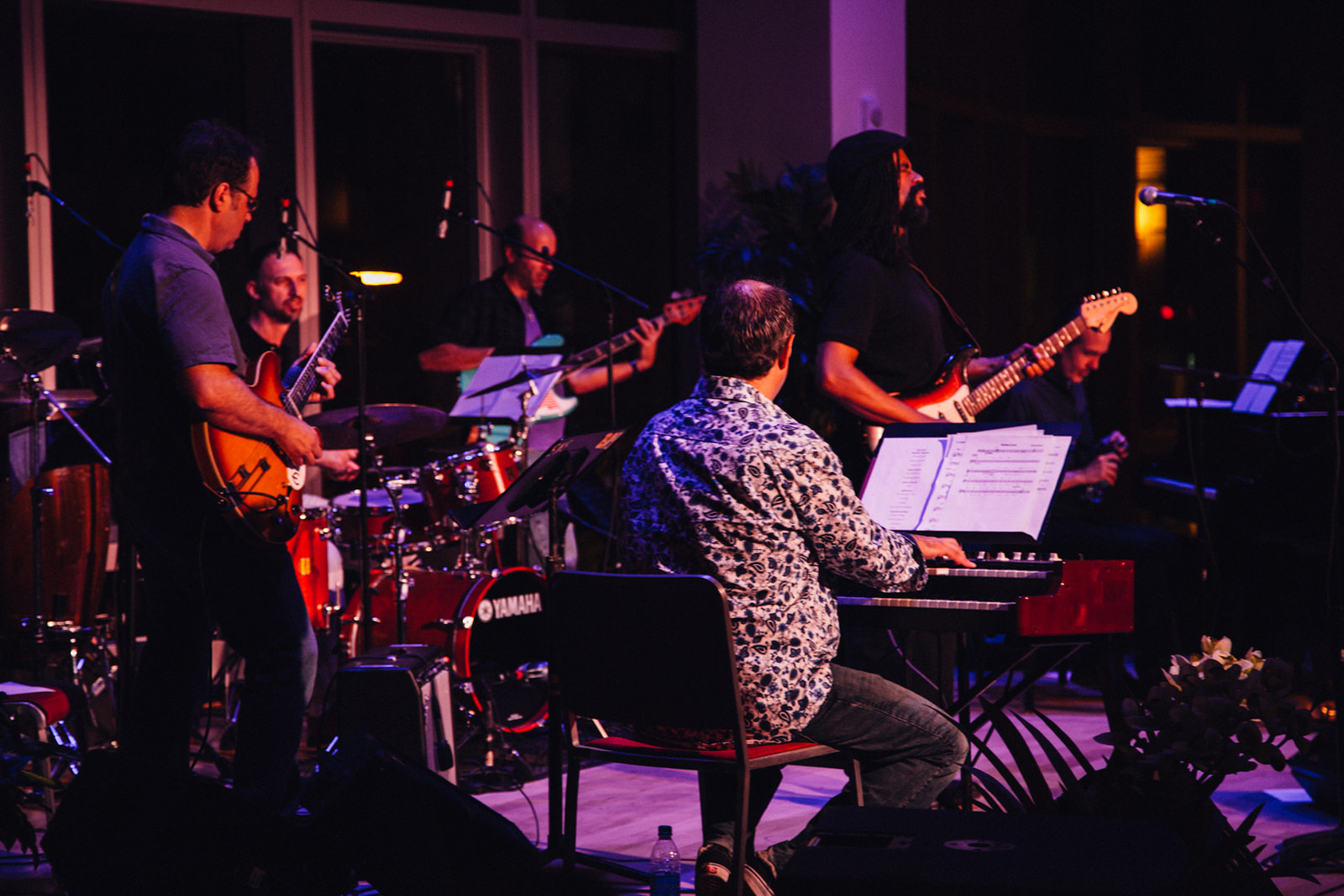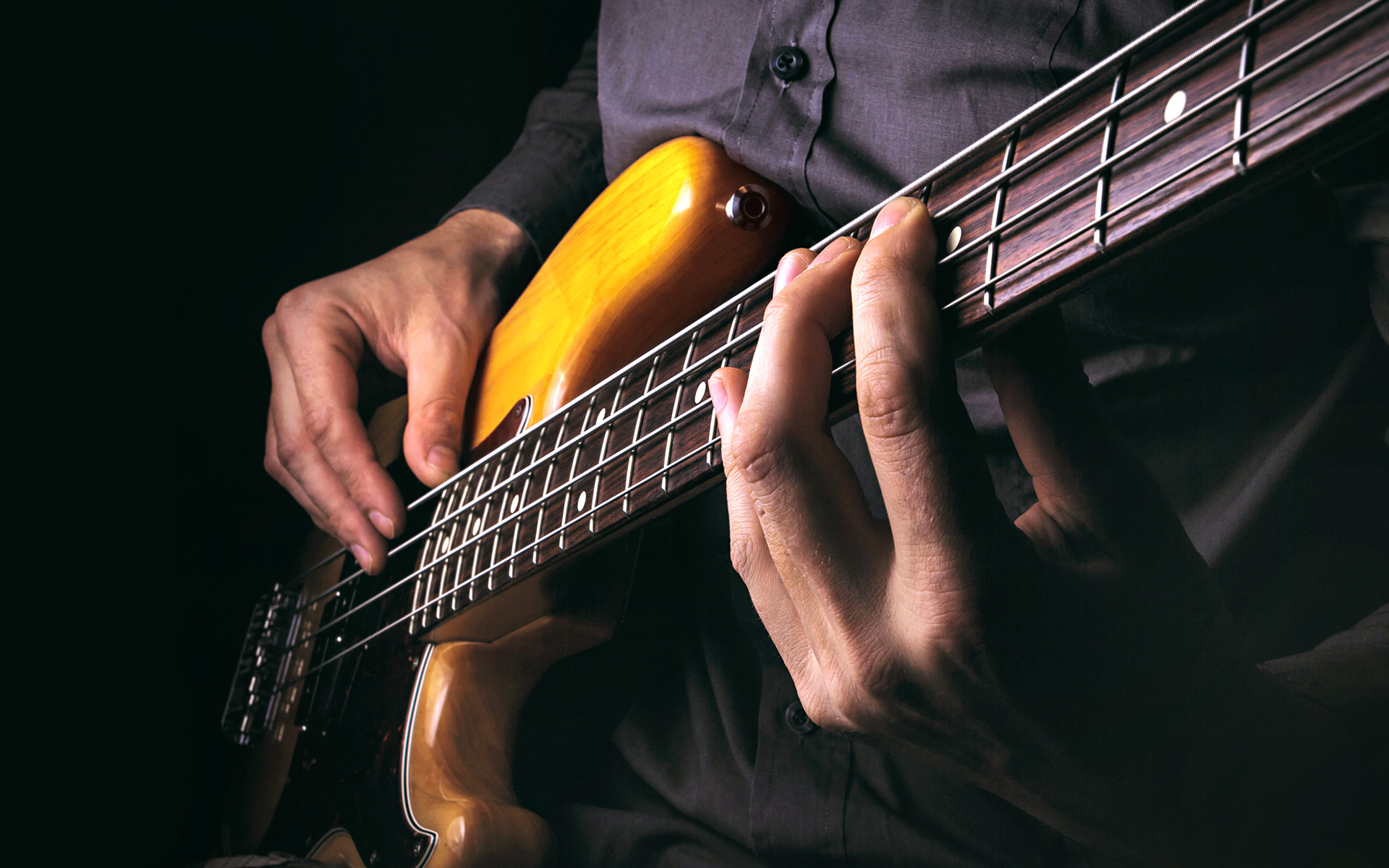Some genres of music are driven largely by groove. If we are not accustomed to writing with groove in mind, it can be difficult to push our songwriting into this space. A great first step to writing more groove oriented songs is to listen to music that carries groove. Trying to emulate them on our instrument and understanding how our instrument would serve the band is great basic study. Just adding two or three new strumming patterns or rhythmic patterns on piano to our vocabulary can bring forth many many more songs and expand our writing style.
Students in the course Songwriting: Harmony will begin by writing a one-bar or two-bar groove. This will repeat over and over again and served as the musical backbone of the song. We might also try composing a groove of a single chord or two. Pay attention to the emotion and ask yourself what it seems to be saying. What does it make you feel? Let that inspire lyrical images, phrases, and words.
Another neat exercise is to play around with the tempo of the groove. Speed it up, slow it down. What does the message seem to be with each new tempo?
Finally, consider that when you start with the groove, the song you write will evolve differently than songs you write when you start with the melody or the lyric. Go ahead and use the grooves of songs past to inspire new songs of our own. Don’t worry if at first you feel like you’re merely rewriting groove songs you know and love. After they internalize, and your fingers know them by heart, you will become more versed in combining them with your natural tendencies as an original writer lyrically, harmonically, and melodically. If you’re unsure where to start when searching for songs, trust your ears. Visit AllMusic.com and search for artists related to the artists of your choosing. If you’re still unsure, just listen to an album by Earth, Wind, and Fire. That’ll get you grooving.
Happy writing,
Andrea
STUDY SONGWRITING WITH BERKLEE ONLINE












